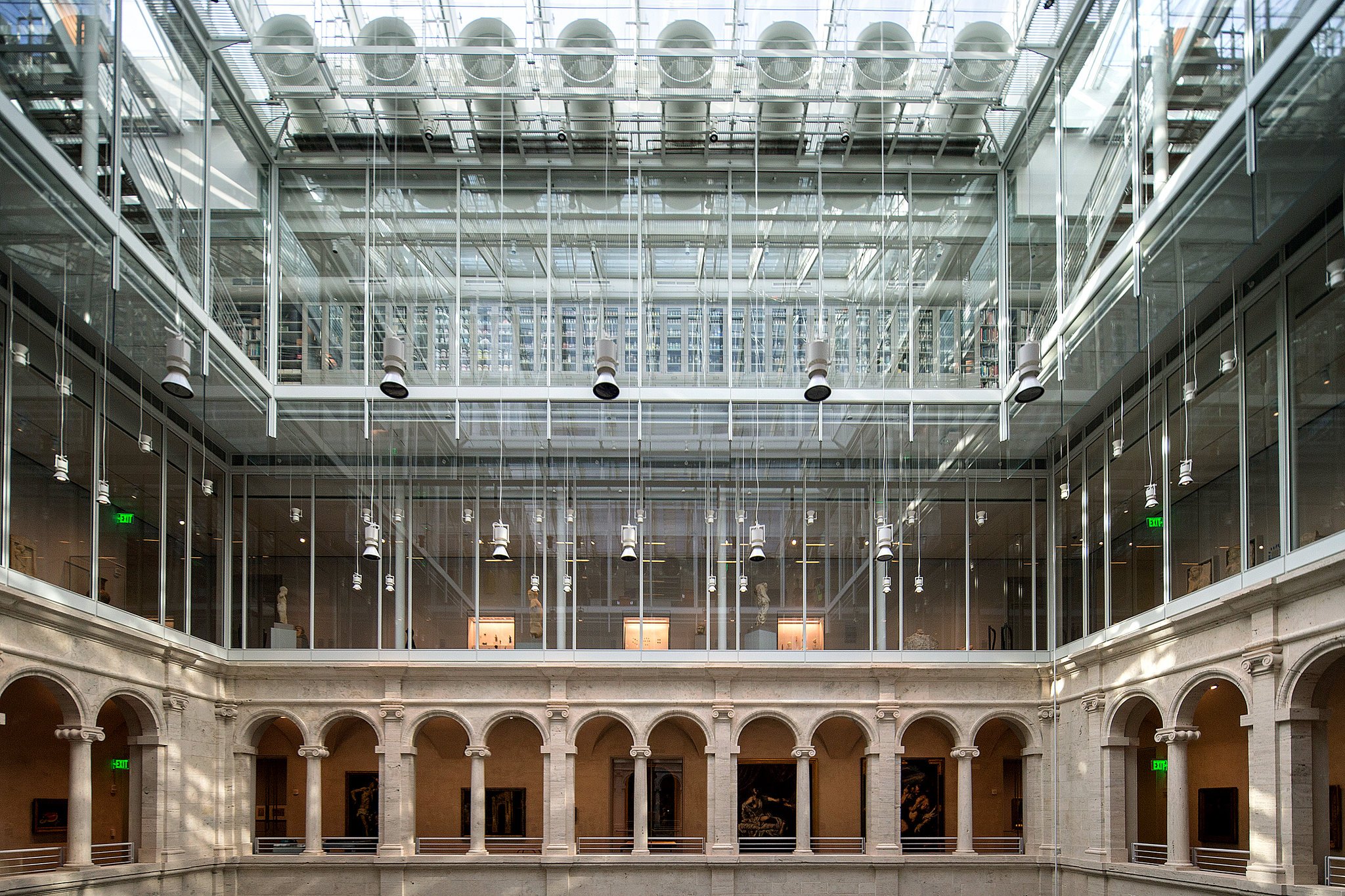Objects of Addiction: Opium, Empire, and the Chinese Art Trade at Harvard Art Museums
Objects of Addiction
Opium, Empire, and the Chinese Art Trade
September 15, 2023 – January 14, 2024
How did the sale of opium in China by Massachusetts merchants in the 19th century contribute to a growing appetite for Chinese art at Harvard at the start of the 20th century?
Objects of Addiction explores the entwined histories of the opium trade and the Chinese art market between the late 18th and early 20th centuries. Opium and Chinese art, acquired through both legal and illicit means, had profound effects on the global economy, cultural landscape, and education—and in the case of opium, on public health and immigration—that still reverberate today.
The first section of the exhibition examines the origins of the opium trade, the participation of Massachusetts traders, and opium’s devastating impact on the Qing dynasty (1644–1911) and the Chinese people. Works presented here include smoking paraphernalia, an opium account book, and photographs, along with mass media illustrations critiquing the use and sale of opium.
The second section highlights the history of imperial art collecting in China and demonstrates the growing appetite for Chinese art in Europe and the United States after the Opium Wars (1839–42, 1856–60). Artworks from Massachusetts-based private and public collections show the shift in taste at this time from export ceramics and paintings to palace treasures and archaeological materials, including ancient bronzes and jades unearthed from tombs and Buddhist sculptures chiseled from cave temple walls. Through the histories of museum directors, professors, and donors, this section looks critically at the sources of Harvard’s Chinese art collection.
A special section of the exhibition investigates parallels between China’s opium crisis and the opioid epidemic in Massachusetts today. We invite visitors to share their thoughts and personal experiences in this space. A range of public programs throughout the fall will encourage community discussion around the opioid crisis, the effects of the Opium Wars on U.S.–China relations, the role of opium in Chinese exclusion in the United States, and art collecting practices. In addition, the artist collective 2nd Act will present a series of substance use prevention workshops, and the Cambridge Public Health Department and Somerville Health and Human Services Department will host trainings on the use of naloxone (Narcan) to reverse opioid overdoses.
This exhibition features works from the collections of the Harvard Art Museums. In addition, loans have been generously provided by the Peabody Museum of Archaeology and Ethnology, Fine Arts Library, Harvard-Yenching Library, Economic Botany Library of Oakes Ames, Houghton Library, and Baker Library (all at Harvard), as well as by the Forbes House Museum, the Ipswich Museum, and Mr. and Mrs. James E. Breece III.
Curated by Sarah Laursen, Alan J. Dworsky Associate Curator of Chinese Art, Harvard Art Museums; with contributions from Harvard students Emily Axelsen (Class of 2023), Allison Chang (Class of 2023), and Madison Stein (Class of 2024), who were instrumental in the early development and planning of this exhibition. We are also grateful to the community members, students, and scholars who lent their time and expertise.
Support for the exhibition is provided by the Alexander S., Robert L., and Bruce A. Beal Exhibition Fund; the Robert H. Ellsworth Bequest to the Harvard Art Museums; the Harvard Art Museums’ Leopold (Harvard M.B.A. ’64) and Jane Swergold Asian Art Exhibitions and Publications Fund and an additional gift from Leopold and Jane Swergold; the José Soriano Fund; the Anthony and Celeste Meier Exhibitions Fund; the Gurel Student Exhibition Fund; the Asian Art Discretionary Fund; the Chinese Art Discretionary Fund; and the Rabb Family Exhibitions Fund. Related programming is supported by the M. Victor Leventritt Lecture Series Endowment Fund. The accompanying booklet was made possible by generous support from Mr. and Mrs. James E. Breece III. Additional support for this project is provided by the Dunhuang Foundation.

